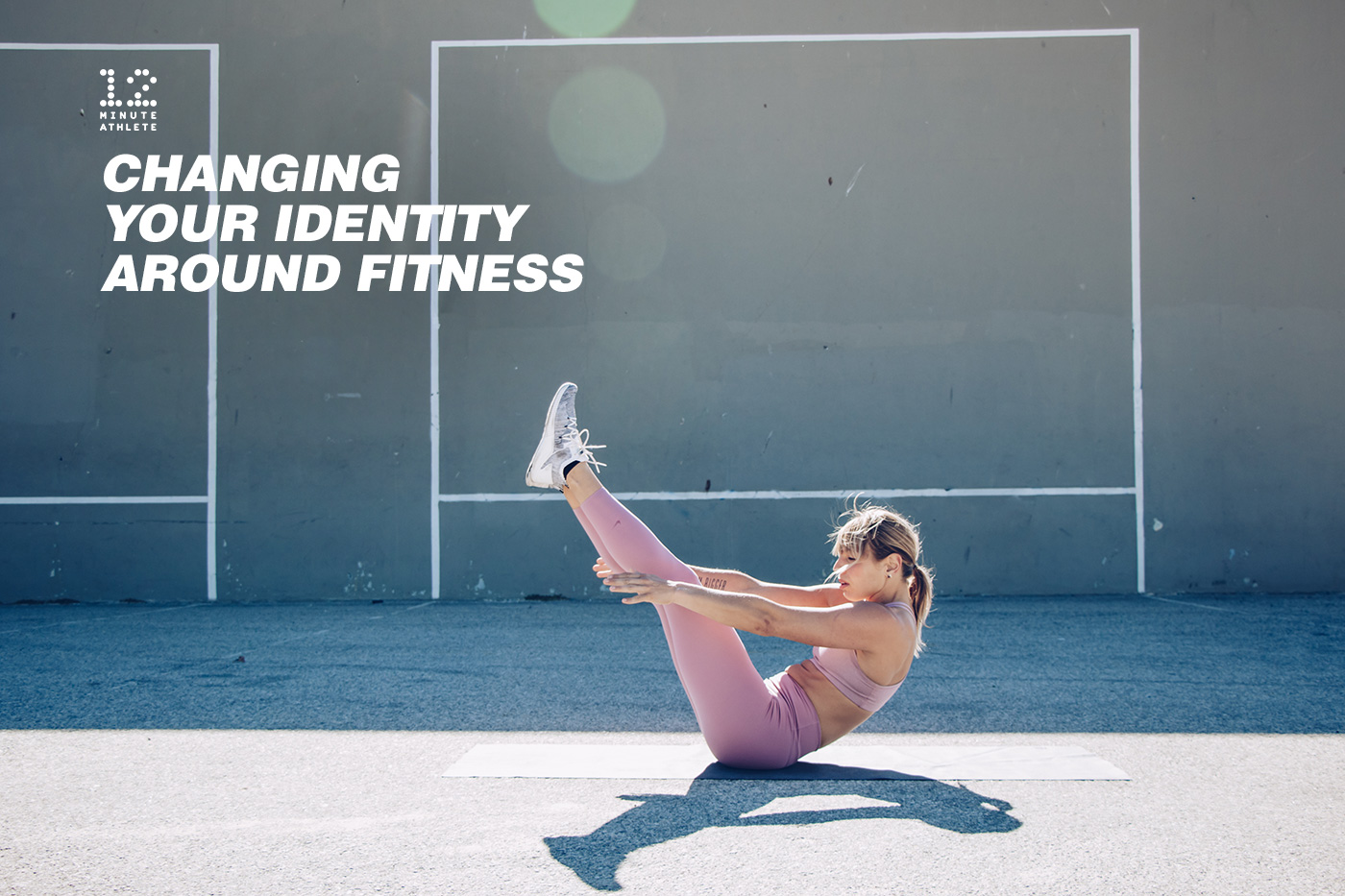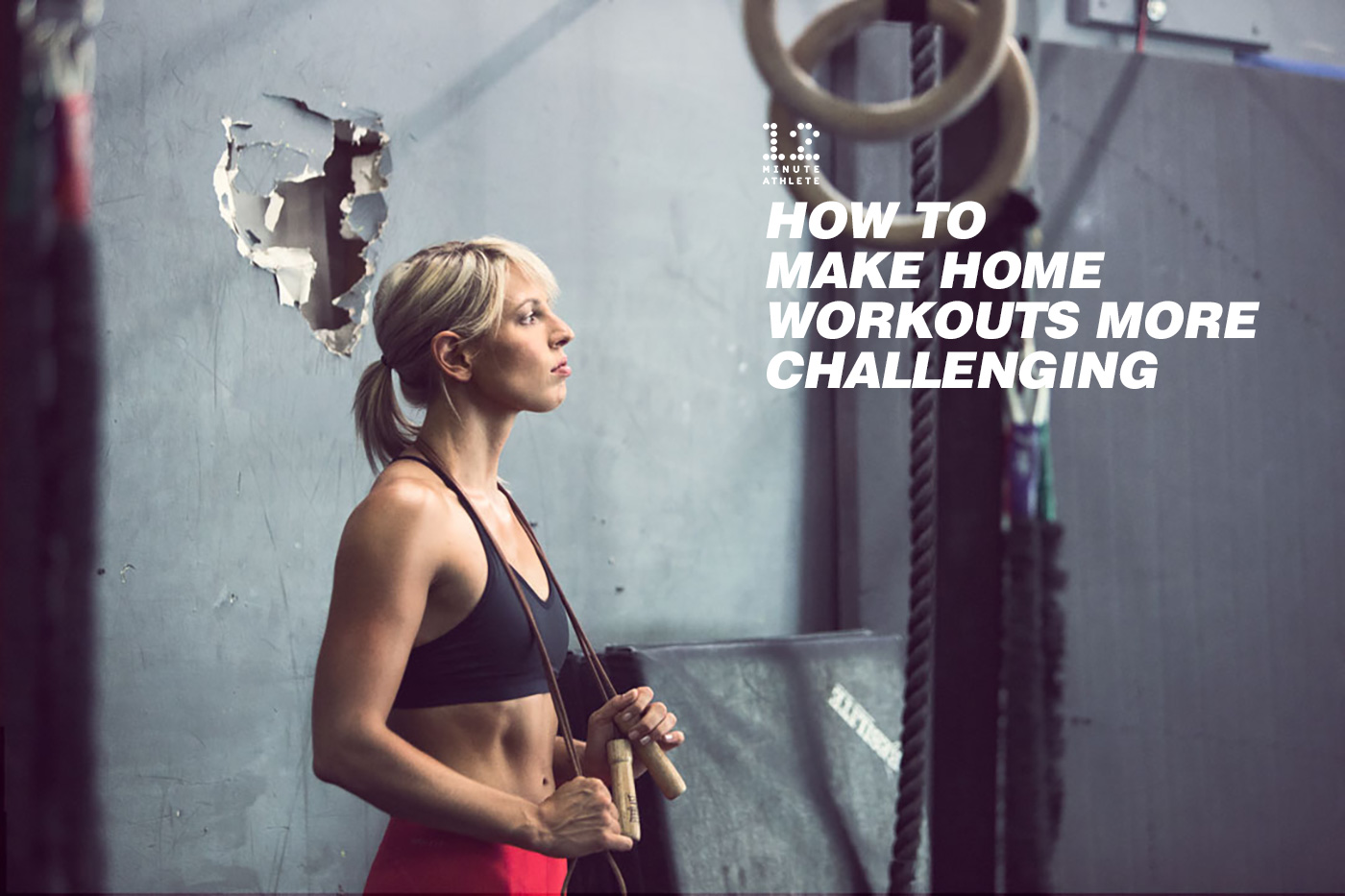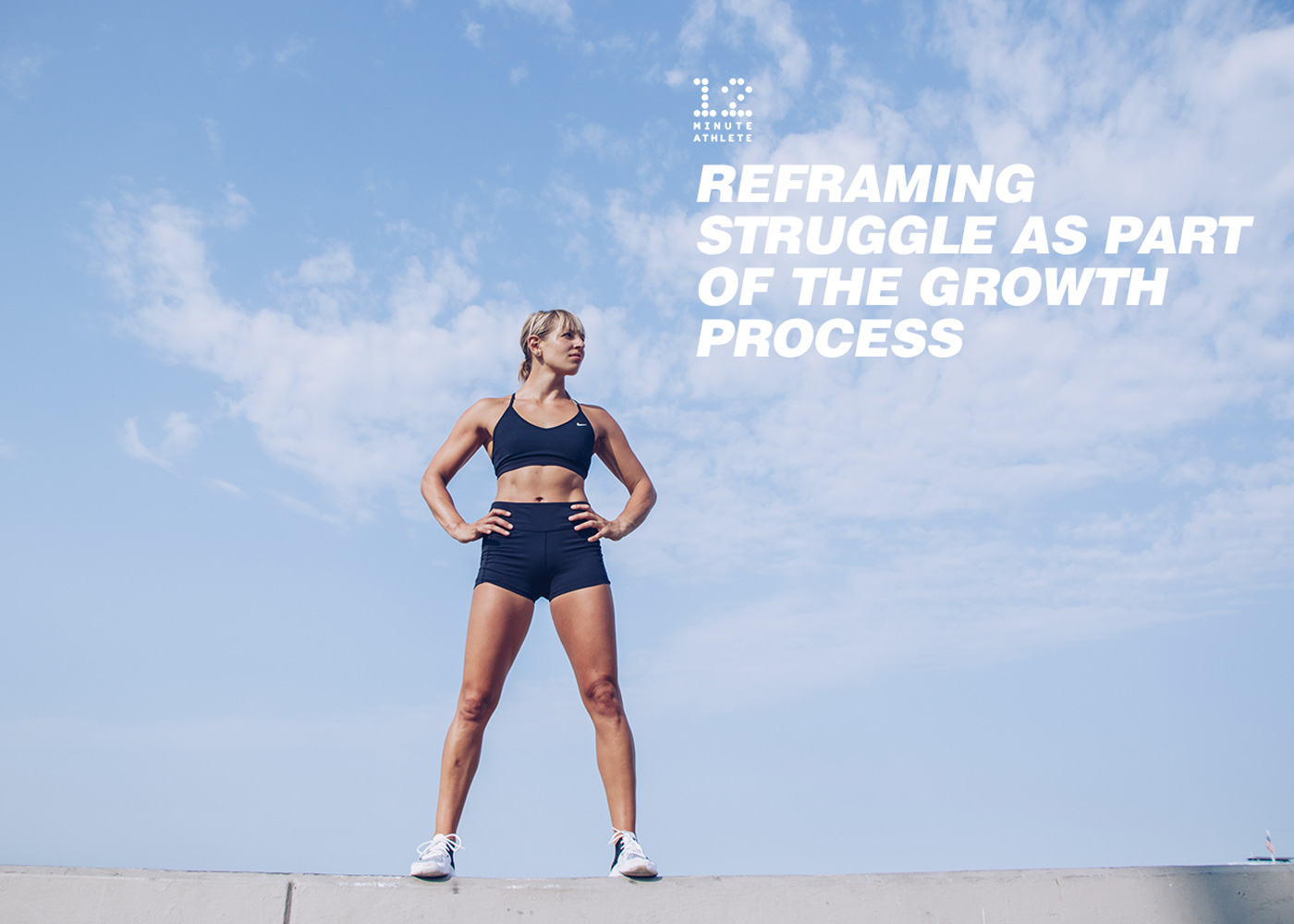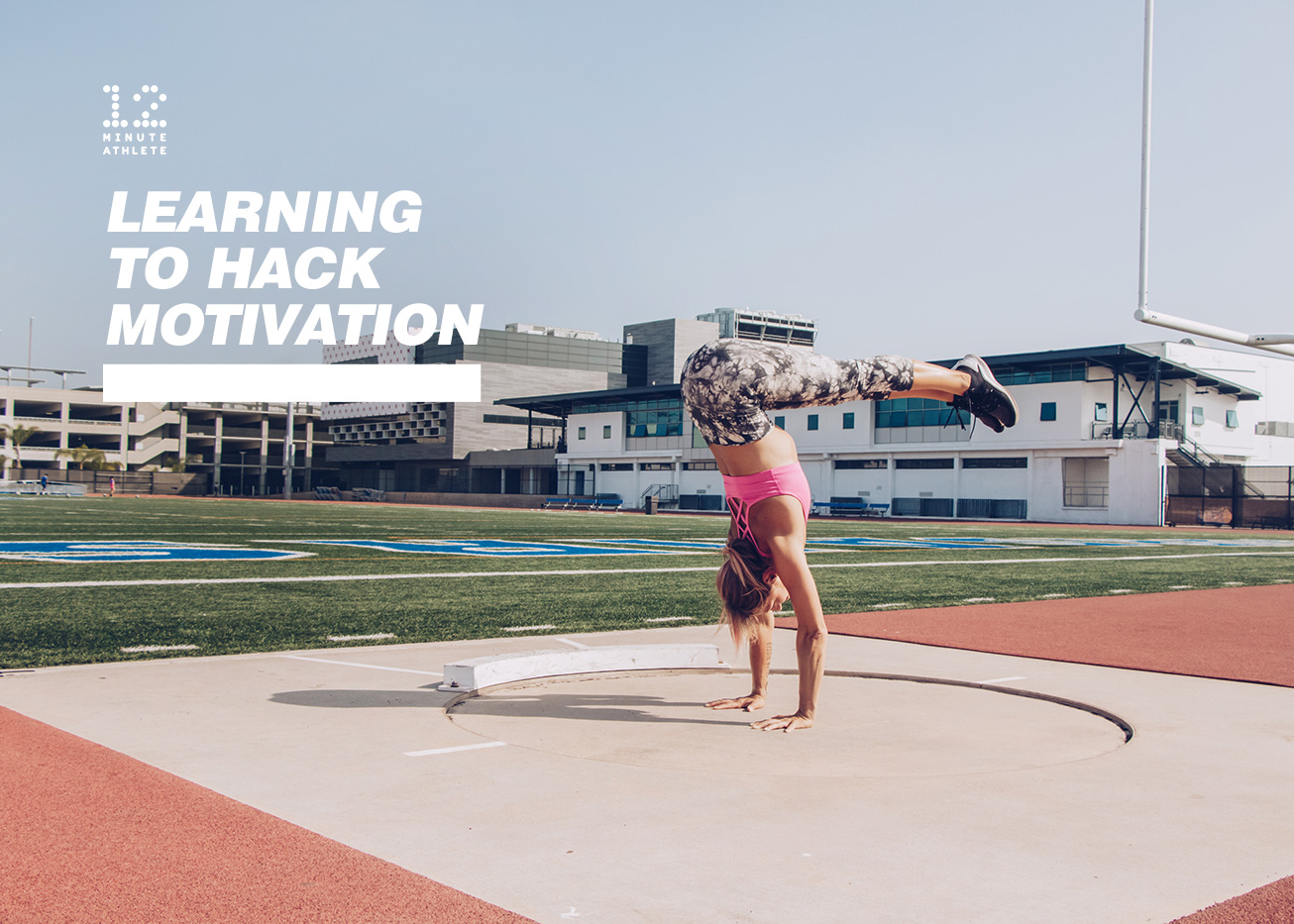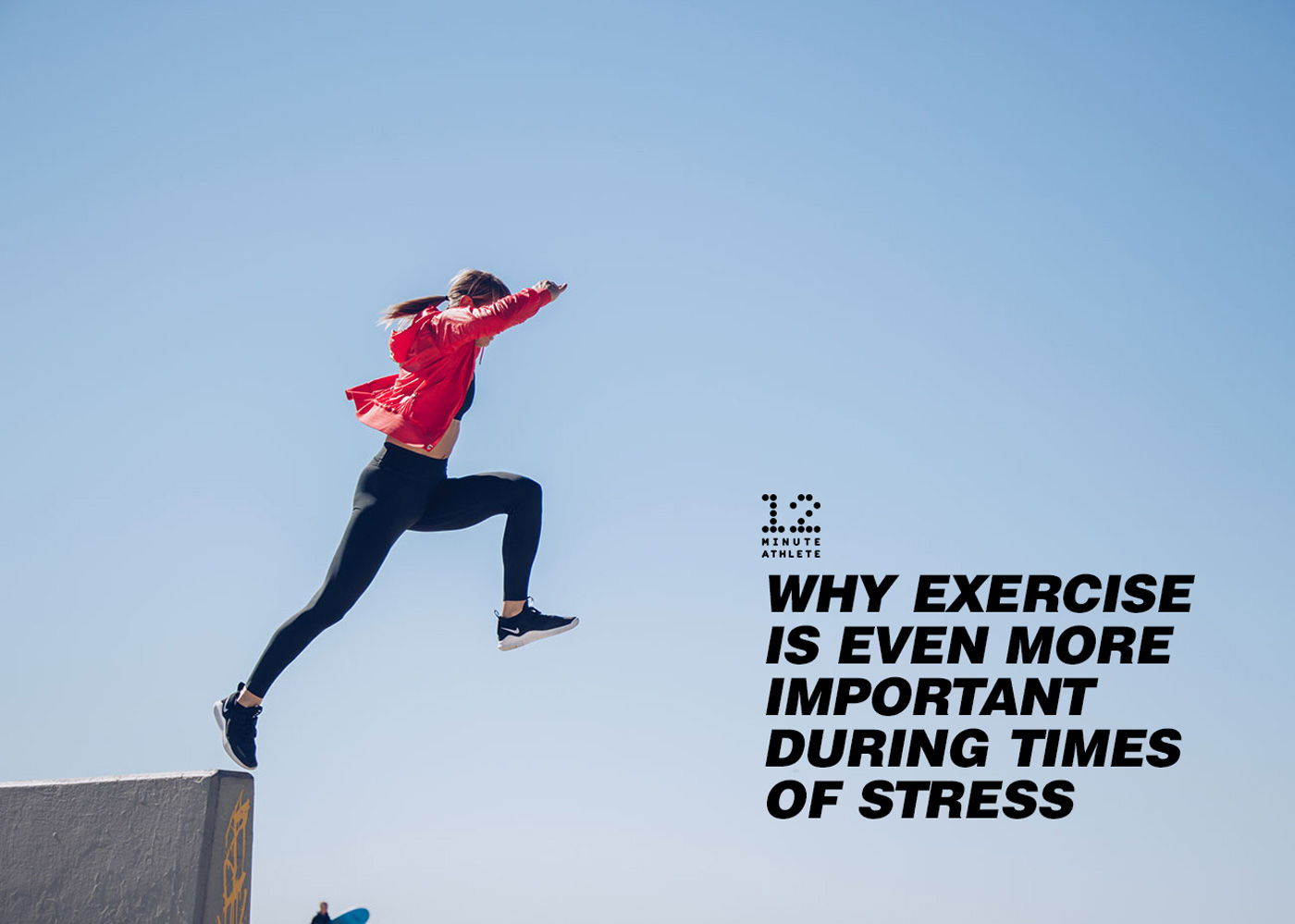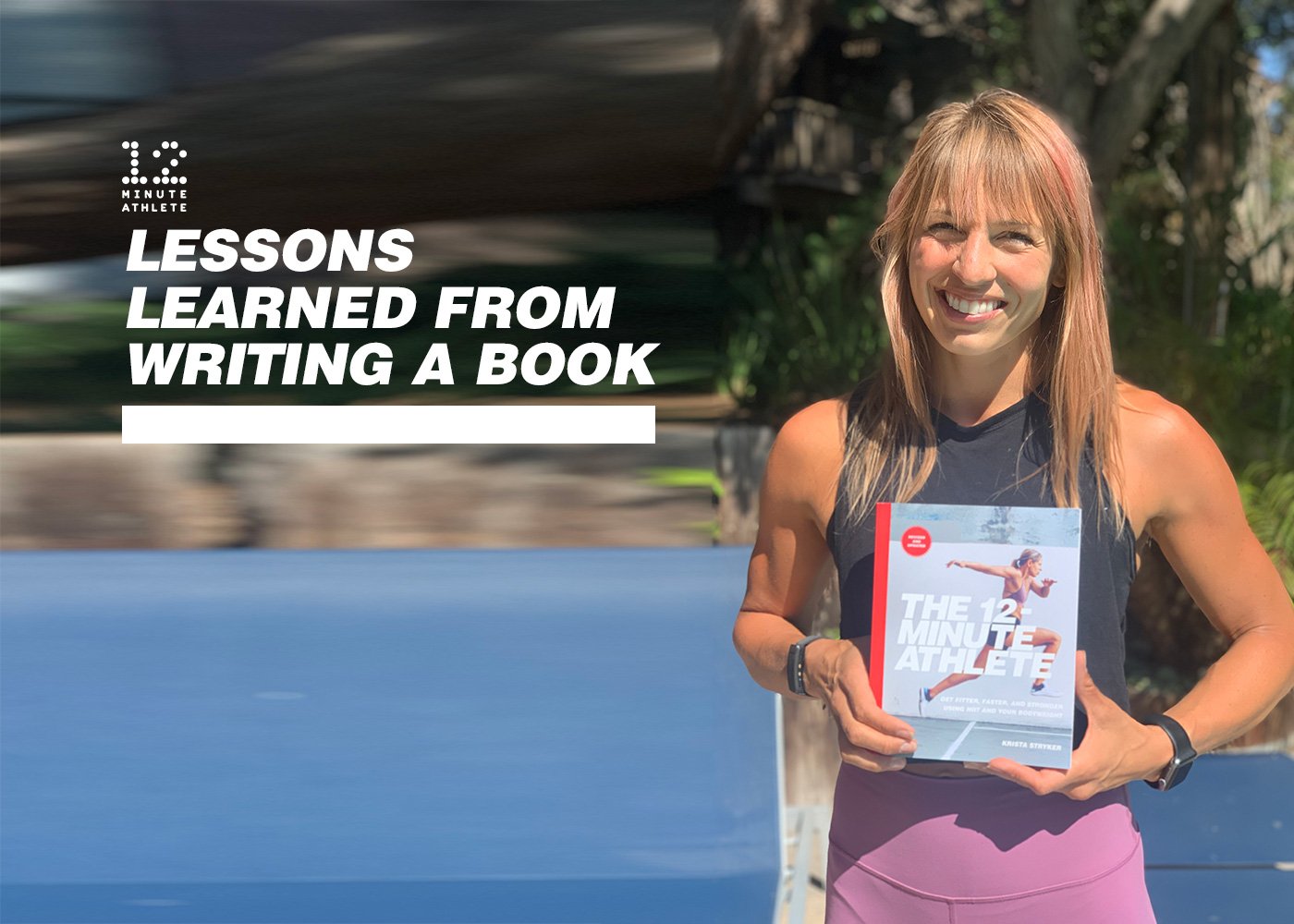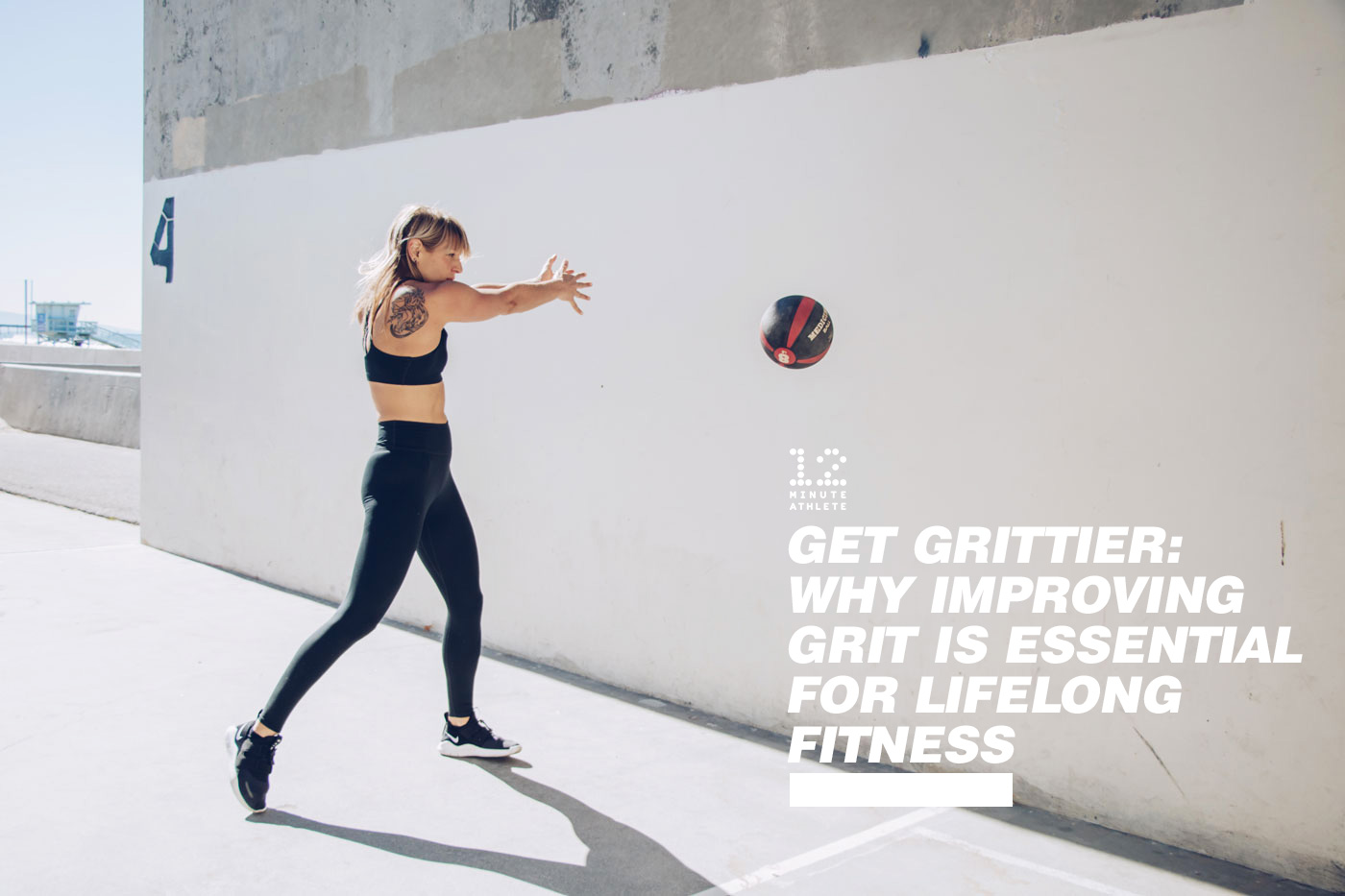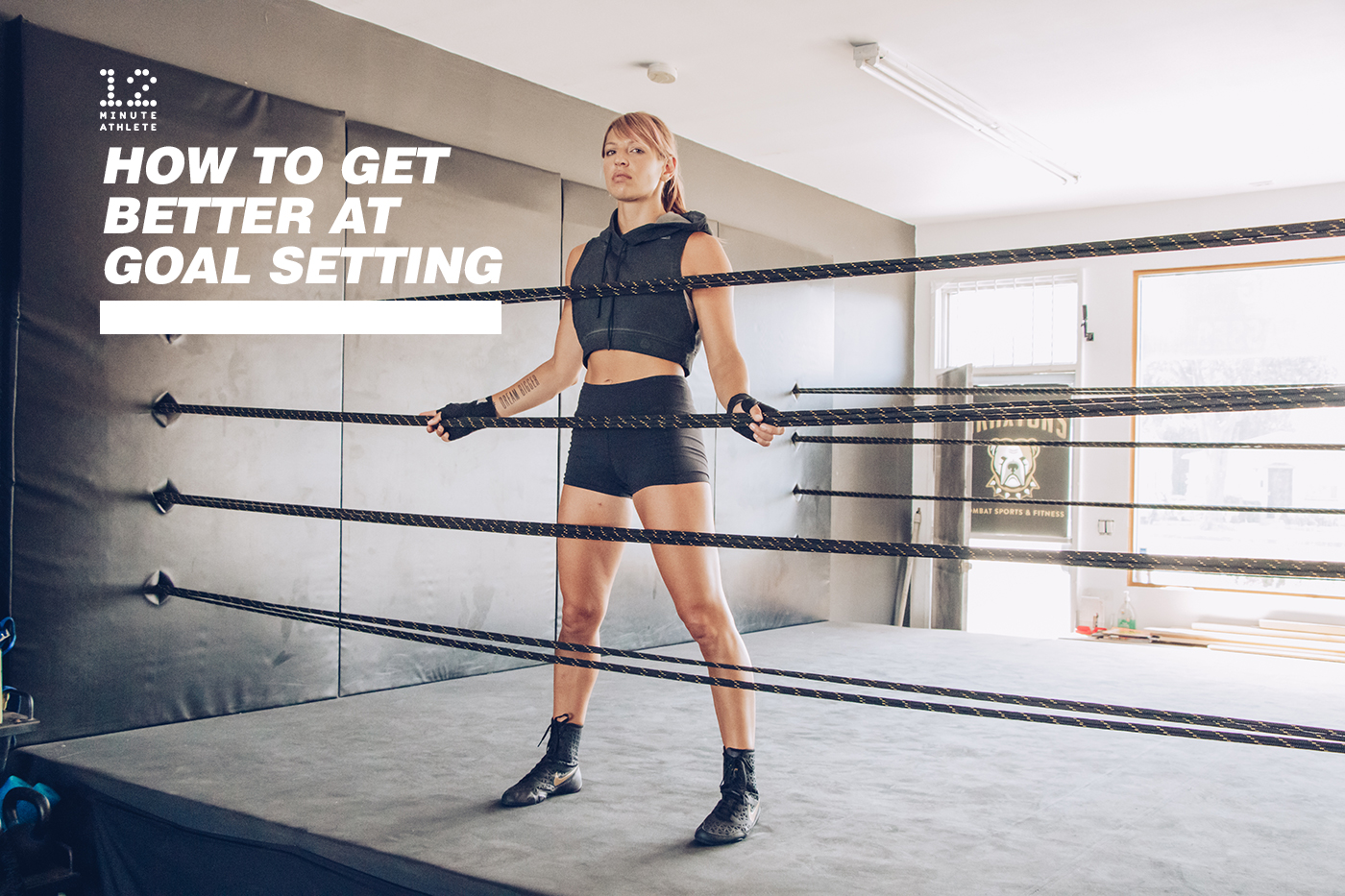You might not realize this, but I never used to think of myself as an athlete. In fact, I never even thought of myself as a person who worked out until I reached my mid-twenties. Before that, I thought of myself as a slightly overweight, uncoordinated art school kid with zero athletic promise. That was my fitness identity, and I never expected it to change.
When I first started working out toward the end of college because I was sick of how I looked in dressing room mirrors, I tortured myself by going for three-mile runs a few times a week. I hated every minute of those runs and would use any excuse to get out of my workouts (that runner’s high? I’ve never experienced it).
It took years of experimenting with different types of exercise and various ways of motivating myself to chip away at the story I had told myself about my athletic abilities.
Even after I became a personal trainer and admittedly began to enjoy many forms of exercise, it still took a while to actually find my thing and prove to myself that I had changed my core identity from someone who avoided most forms of physical activity to someone who truly loved fitness and movement.
